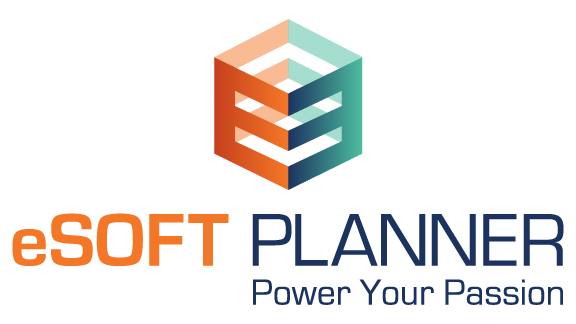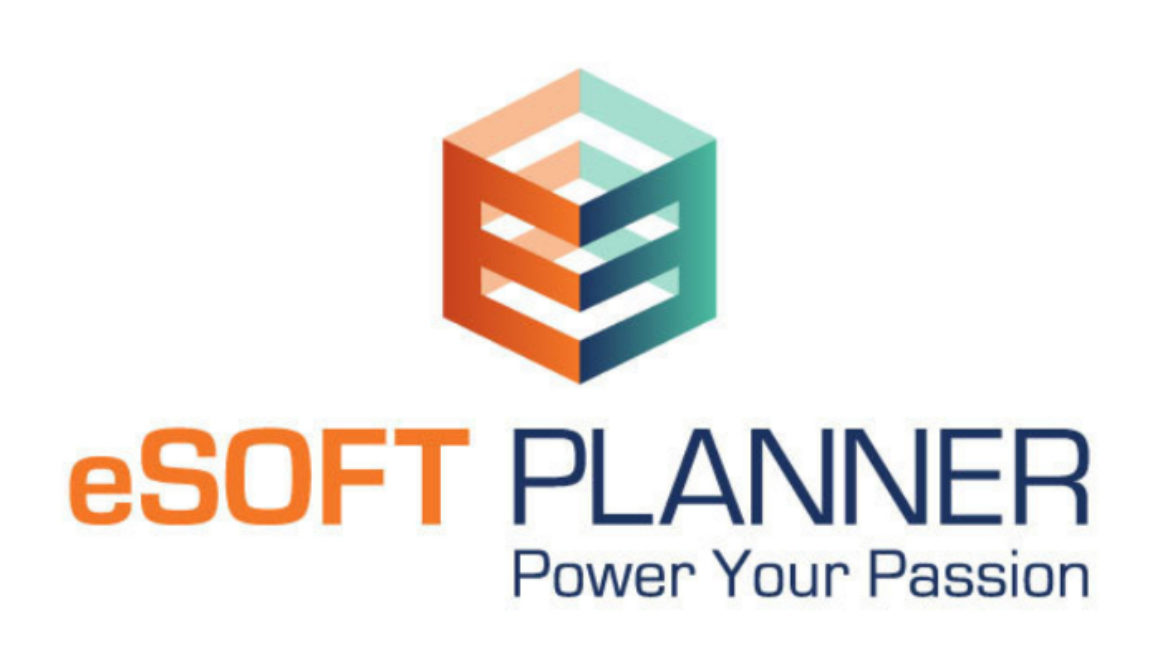CEO Roundtable: How to Grow Your Membership and Create a Dependable Revenue Stream
In June, eSoft Planner hosted a CEO roundtable with sports facility leaders from across the nation. As the world learns to adjust to a COVID-19 world, some of our customers share their insights into how they’ve changed their business to operate in the new normal – especially in regards to growing membership. Here are the key takeaways from our roundtable discussion.
Consider your Facility Models
There are four basic types of sports facility models: rental-based, team-based, training-based, and membership-based. While there is some overlap in functions of these models, members of our roundtable discussion admitted to focusing on one type of facility to optimize their businesses.
Rentals
- Outside teams & individuals
- Lower overhead costs
- Space could be leased to outside programs (e.g., speed and agility programs)
Training
- Development programs for athletes
- Do not advertise or focus on rentals
- Could include the use of packages or memberships
Teams
- Revenue channel for a captive audience
- Lessons, camps, and travel teams
- Could include the use of packages or memberships
Memberships
- Members Only Access (24/7)
- Instructors only work with members
- Space could be leased to outside programs (e.g., speed and agility programs *For Members Only)
As you consider your facility’s model, you need to think about why you decided on the structure you have and determine if it’s sustainable in the new environment. For example, rentals can be great when they are sold as a part of memberships, but COVID-19 has had a significant impact on the rental stream specifically.
The consensus at our roundtable discussion was that a rental focused facility can have quick cash turn around, but it can be difficult to gather valuable instructor and athlete contact information. Then, you don’t have a pathway to market directly to either audience for other revenue streams. The unanimous experience of our facility owners was that the best way to ensure steady cash flow is to focus on and grow your memberships.
Various Membership Models
Like the number of facility models, there are four basic membership models to choose from — each with their own pros and cons.
For many facilities, getting your coaches and instructors to commit to a membership can be daunting. The key is to make sure your membership is desirable by meeting the needs of your membership base. Here are the four basic types of sports facility memberships:
Open Facility
- This type of membership works well for facilities that are surrounded by schools that already offer sports programs. You likely have exposure to younger athletes who may just be testing the waters.
- Gives access to the facility but does not allow for advanced scheduling (i.e., activities are first-come, first-served).
- Members may receive discounts on services such as lessons or camps/classes.
- CON: These memberships tend to be lower cost and feel more like a gym membership to people. It is unlikely to attract high-level athletes who are looking for more robust membership features.
Services Membership
- Members receive a set number of credits per month to use for advanced scheduling of specified services.
- Facility has control over the number of times a member books a service.
- Can be paired with special pricing for additional services.
- CON: Members might not like the limitations of this model. It’s important to structure it so they see value in the membership.
Training Membership
- Members pay a monthly fee to access specific classes, either a defined quantity or unlimited.
- Typically includes a mix of credits beyond the specific classes, such as lessons and rentals.
- Advertised as a great way to take your game to the next level — the mix of services ensures the member is learning, practicing, and participating frequently!
- CON: May not be ideal for athletes and team coaches with a specific goal in mind.
Team Membership
- Ideal if you work with a lot of sports teams at your facility.
- Flexible time/schedule based on a client’s needs. For example, book a defined space for two practices a week, with the coach choosing the dates using a scheduler or a set time slot.
- Could offer credits or discounts on services, camps, and classes to athletes participating in the teams.
- CON: Does not offer individualized services.
Increase Memberships by Prioritizing Regular Customers
Regardless of the membership model you choose, members should be prioritized above anyone else in your facility. In fact, many of the facilities that we spoke with offer “Members Only” services. This might seem like you are cutting off a portion of your customers, but by doing this, you’re making the benefits of membership a much more desirable option.
Several of the CEOs that we spoke with also offered their members priority scheduling. With sports facilities already limited in their capacities due to social distancing measures, the value of being the first to book is increased for athletes seeking your services.
By prioritizing your members’ camps and classes (or allowing members to schedule in advance for lessons and rentals), you can make membership a much more attractive option at your facility.
Boost Your Marketing and Growth Plan
Members of our roundtable agreed that while word of mouth, school fliers, and signage at local youth sports complexes can lead to some success, the following digital tactics have proven to be much more successful.
- Facebook and Social media — Potential clients don’t know who you are and what you can offer unless you tell them. With more people forced to work from home, Facebook ads, posts, and videos (both paid and organic) can lead to facility growth.
- Targeted Emails — eSoft Planner CEO Mike Meszaros said that he has seen sports facilities convert 8–12% of the individuals they directly marketed to into customers. You should email local travel teams. And don’t forget ongoing marketing to existing facility customers to keep them apprised of instructor or cage availability, membership options, and upcoming camps.
- 8/4/2/1 Blastoff — This digital tactic creates a sense of urgency in prospective members. Try sending out emails or text alerts that announce remaining slots for camps and lessons: “3 Spots Left!”, “1 Spot Left!”, “Sold Out!”
Evaluate Your Pricing Model
As mentioned in a previous post, it is important to evaluate your pricing models during slower periods. Here are some questions your facility should be asking:
- Are there different membership levels/packages that are more attractive for our audience?
- Are our expiration dates accurate?
- Do the services we offer fit our athletes and the local market?
The Call for Easy Member Management
In order to market your member services effectively, you need reliable technologies for communication, scheduling, and member self-service. Last-minute scheduling changes due to COVID-19 mandates have increased the need for flexible organizational tools.
If you’re tired of cumbersome scheduling software — or worse, pen and paper — eSoft Planner is the robust solution for the cost-conscious sports facility. Contact us for a demo of eSoft Planner today to see how you can spend less time and hassle on membership management and more time being a part of your clients’ success.


